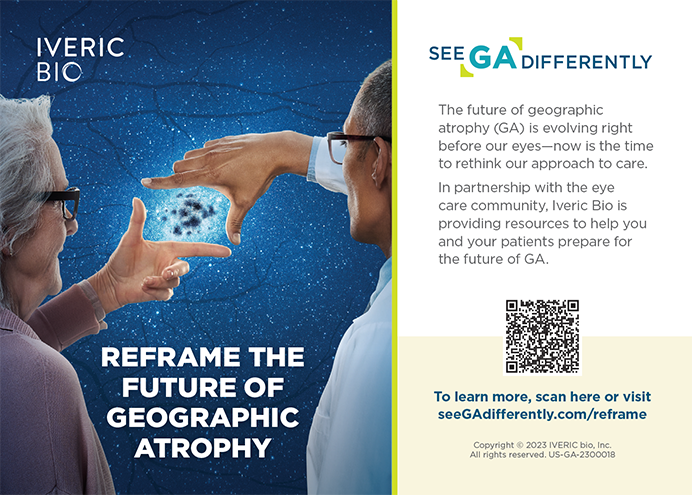Things change over time in medicine—most often, we hope, for the better. For example, although sexual harassment and sexism are still not uncommon in medicine, they are less prevalent than they were in years past. At the time most physicians were men and most nurses were women, the classic story was for a nurse to marry a doctor. Fortunately, we have come a long way since that era. Part of that change has been due to a conscious effort on the part of medical practices.
To make sure our office culture is free of sexual harassment and is a safe working environment for employees, we mandate annual compliance training for everyone. Participants complete approximately seven modules, one of which is on sexual harassment. Outlining proper office etiquette and underscoring inappropriate behavior in these sessions has helped our doctors and staff get on the same page on this sensitive topic.
For other practices interested in instituting similar sessions, there are many services that offer online compliance training courses. At Matossian Eye Associates, we use compliance modules from Healthcare Compliance Pros and BSM Consulting. Each module must be taken on an annual basis, and each employee must demonstrate competence by passing the test at the end of the module. The cost of these services usually depends on the number of employees within the practice.
A TRUE STORY
Another aspect of medical practice that has changed over time is that it has become more acceptable to make nonprescription items available to patients for purchase in the office. Having over-the-counter (OTC) products that we recommend to our patients available for their purchase within our practice was considered taboo when we first started doing it years ago.
The reason we began offering these products to our patients was because of a true story: We had a patient who nearly killed someone and almost had a car accident because of inappropriate use of an OTC product.
The patient was a young truck driver who made long trips across the country. Depending on the weather, he would blast either the air conditioning or the heat toward his face while driving. He came to me complaining of blurred vision. The cause of his fluctuating vision was significant ocular surface disease, noted by marked staining of his conjunctiva and cornea. I recommended that he use artificial tears and that he redirect the vents away from his face, in addition to multiple other treatment modalities.
When the patient went to the pharmacy, he bought the “strongest” artificial tear he could find. As it turned out, this was an ointment. He bought it because the label said it was for severe dry eye. He placed the ointment in his eyes, got in his truck, and started to drive. He told me on his next visit that he almost hit a pedestrian and other cars because he could not see.
This close call made me realize how important it is for eye care providers to be as specific as possible, even when recommending OTC products. Thereafter, I selected one item each, the best in class, for a dozen or so OTC products that we frequently recommend, such as oral omega-3 fatty acid supplements, microwaveable heated moisture masks, lid scrubs and wipes, wraparound cataract sunglasses for patients who wish to continue wearing them long after their surgery date, and preservative-free artificial tear solutions and ointments, and we began making them available to our patients at checkout. This not only served as a convenience for our patients, but, more important, it ensured that patients got the most appropriate products to use (see OTC Products Available at Matossian Eye Associates).
OTC Products Available at Matossian Eye Associates
- Hypochlorous acid 0.01% (Avenova)
- Eyelid Wipes (Blephadex)
- Eyelid Foam Cleanser (Blephadex)
- Towelettes (Cliradex)
- Cataract sunglasses
- Cold Therapy Eye Compress (Bruder)
- Moist Heat Eye Compress (Bruder)
- Eyeleve Contact Lens Compress (Bruder)
- Bimatoprost ophthalmic solution 0.03% (Latisse, Allergan)
- Saline solution (LacriPure, Menicon)
- Omega-3 Softgels (Nuretin, PRN)
- Progent lens cleaner (Menicon)
- DE3 Dry Eye Omega Benefits (PRN)
- Dry Eye Omega Benefits Liquid (PRN)
- Eye Omega Advantage for Macular Health (PRN)
- Retaine MGD (OcuSoft)
- Retaine PM Ointment (OcuSoft)
- Preservative-free saline (Sclerafil, Bausch + Lomb)
- HydroEye (ScienceBased Health)
- Eye drop applicator (SimplyTouch)
- Unique pH Solution (Menicon)
Despite the compelling story that caused us to make this change, several physicians both within and outside our practice expressed the opinion that they did not see the benefit of this service. They did not believe we should sell products within in a medical practice. Fortunately, this view has softened over the years, and there is now a broader acceptance of making physician-recommended OTC products readily available to patients through the practice.





